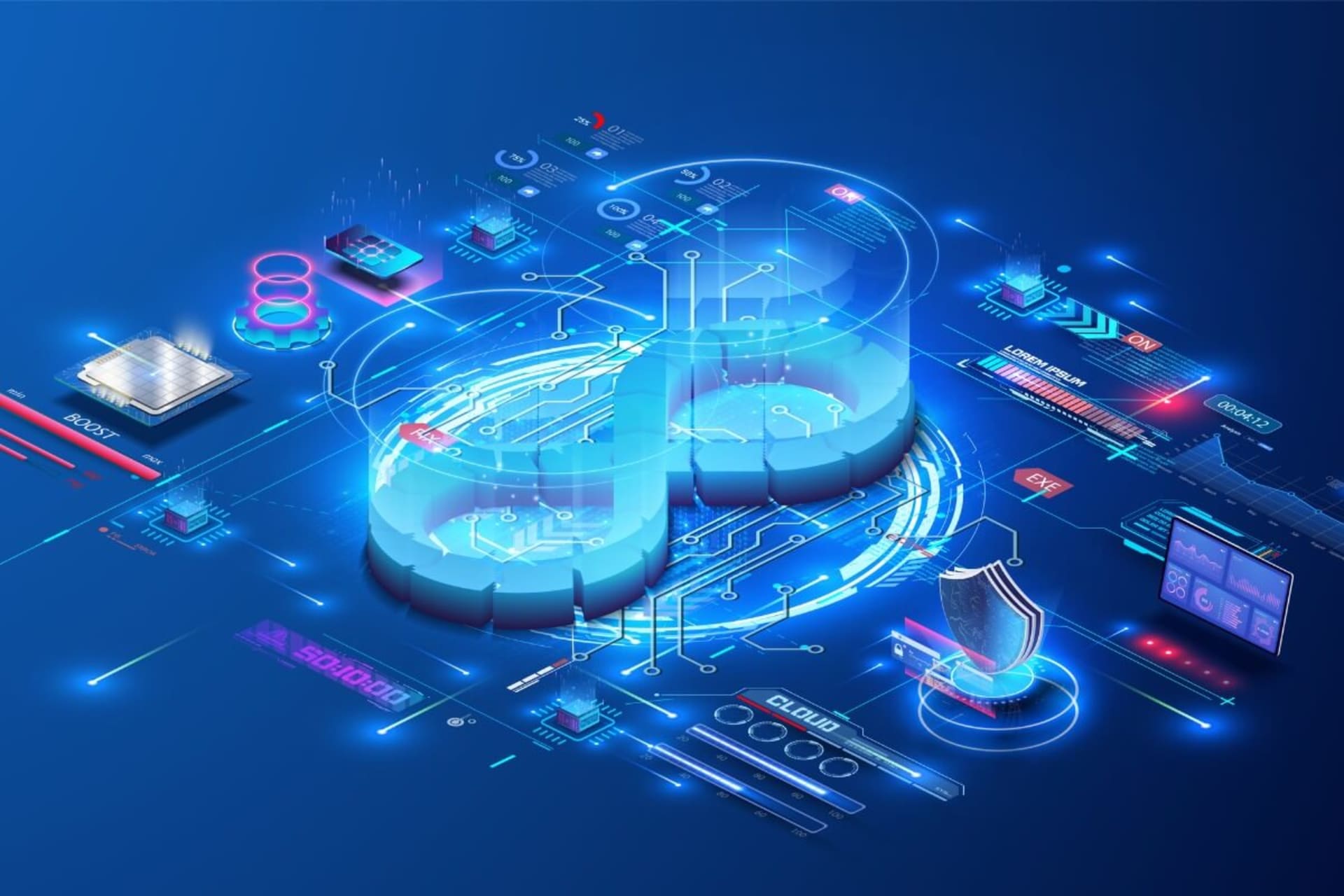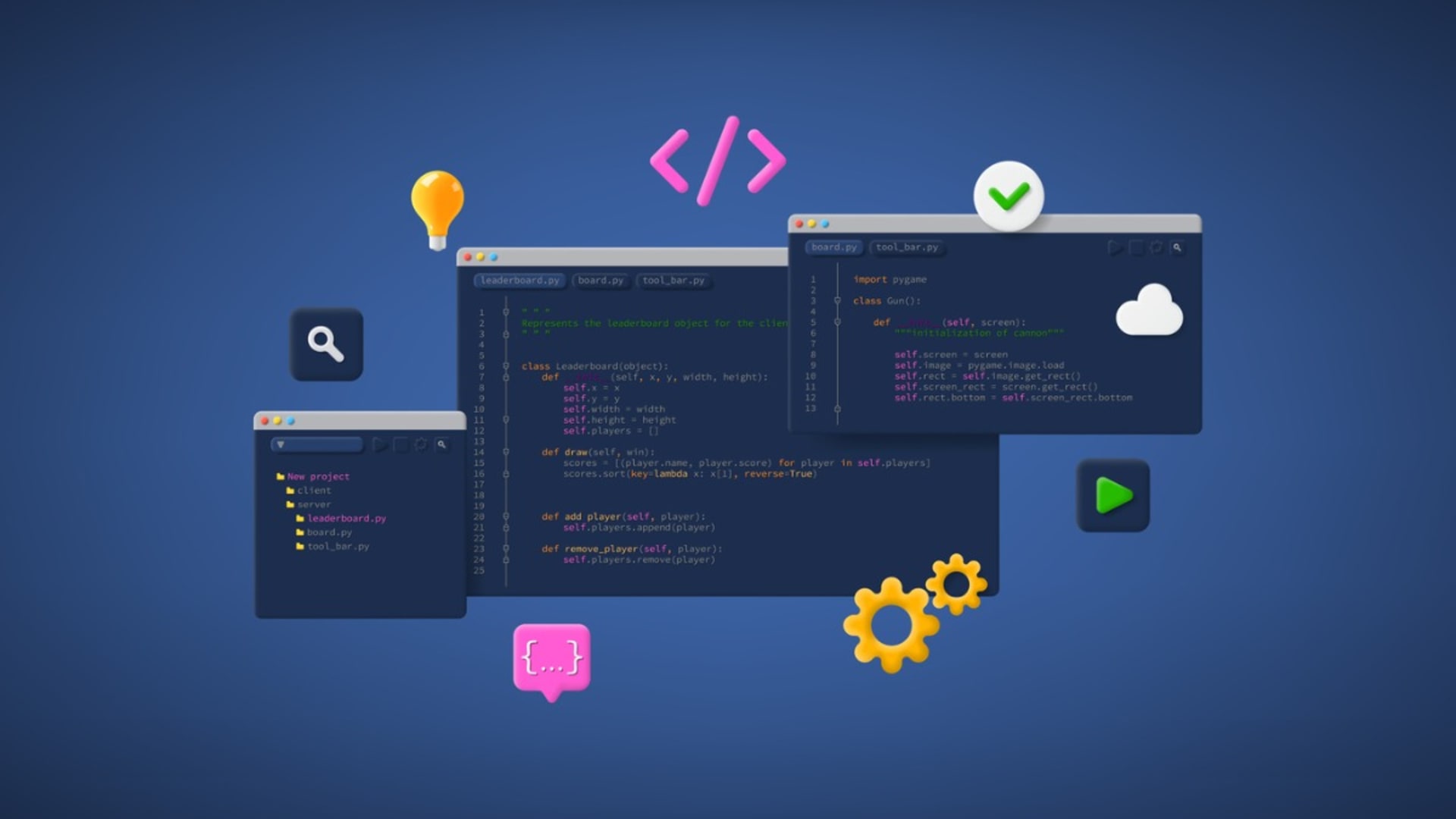DevOps has become an important part of the software development life cycle. Both a technique and philosophy, it is the blend of development (Dev) and operations (Ops), meant to cultivate a collaborative environment and bring greater efficiency to the entire process. Teams achieve this by fostering a closer connection between the dev and ops teams, which are usually more separated in the development methodologies.
In modern software development, DevOps has become an important concept, allowing teams to improve productivity, communicate more effectively, collaborating closely, and ultimately boost the scalability of and reliability of their software, a core aim of site reliability engineering.
Two important concepts within this process are observability and monitoring. DevOps observability enables teams to gain a better understanding of how their systems are performing during the entire development cycle, a vital aspect of system performance. This allows them to address defects and bugs immediately, before they affect the larger system, improving the customer experience.
Observability depends on gathering information and using this observability data to gain insight into the internal state of the system, while also taking strides to improve it. While related to observability, monitoring is a separate concept that involves generally overseeing and tracking the behavior of the system. It includes looking at data from different aspects of the product to pinpoint issues, using various infrastructure metrics. Meanwhile,
In short, both of these DevOps practices are important, but they are different. Monitoring is the “what,” while observability is the “why.” Here, we will examine observability in detail. But in order to understand observability, it is important to look at monitoring, too, and both are key to a cloud native approach.
Understanding DevOps Observability
First, let’s unpack what DevOps observability means and why it’s used.
What is Observability?
In software engineering, observability is a comprehensive approach to understanding a system based on gathering extensive amounts of data and looking at it in an in-depth manner. When your DevOps team achieves observability, you will be better equipped to review your system and keep it functioning smoothly. This is critical for maintaining strong performance.
Not only will you know what your system is doing but also why it is behaving the way it is. Then, you can address any issues.
Observability makes it possible to:
- Report on the overall health of a system.
- Report on a system state.
- Monitor for key metrics.
- Debug production systems.
- Track down previously unknown information about a system.
- View the side effects of upgrades and other changes to a system.
- Trace, understand, and diagnose problems between systems and services.
- Stay ahead of outages and degradation.
- Better manage capacity planning.
The key components of observability are logs, metrics, and traces. We’ll look at these in closer detail below.
Observability vs. Monitoring
Observability and monitoring are both important for a DevOps environment. However, while they are sometimes used interchangeably, they are different concepts.
Monitoring means that you’re gathering and analyzing data from your technological systems, usually via dashboards. Thanks to this information, you can spot issues, including patterns of problems that are occurring within the production environment.
Observability takes monitoring a step further. Based on the data you have gathered thanks to monitoring, you can then determine why the behavior is occurring. From there, you can figure out how to resolve the problem with the appropriate technical solution.
In other words, monitoring means that you have gathered the data, while observability automates the process of evaluating these metrics to solve problems using DevOps deployment tools and techniques, an essential aspect of continuous integration, or CI for DevOps.
Key Components of DevOps Observability
Observability involves three components: logs, metrics, and traces. Here, we’ll take a closer look at each component, and how these are central to infrastructure as code strategies.
Logs
Logs are records of what has taken place within a particular system. They contain important information that gives the DevOps team greater insight into how the software is functioning, giving them the materials they need to make decisions.
In software development, there are several different types of logs DevOps uses. Examples include application logs, server logs, and error logs.
- Application logs are specific to applications. They provide information about how the app is behaving and offer insights such as error messages, performance metrics, and more.
- Server logs include critical information about the server’s operating system. By providing this data, the logs help teams oversee performance, resolve errors, and pinpoint potential cybersecurity problems.
- Error logs specifically pertain to errors that are occurring within the system. By using these logs, you can better assess the problems and their causes, which helps you resolve the issues.
To make the best use of logs, take the following steps:
- Establish procedures for utilizing logs
- Use a consistent format for logs
- Continuously monitor logs
- Use automation tools to evaluate logs
- Store logs in a central location
- Maintain best security practices
Metrics
Metrics are specific, quantitative measurements that offer information about what a system is doing at a given time and overall. By using metrics effectively, you will be better able to make data-driven decisions about your software.
As with logs, there are several different types of metrics to consider in DevOps observability. Examples include:
- Performance metrics: These measurements assess different aspects of the system’s performance, such as downtime, response time, latency, and so on. With the help of these metrics, DevOps teams will be able to enhance the overall performance of the system, as well as address problems.
- Error rates: As you can probably guess, error rates concern the quantity of errors that are occurring, as well as the frequency of these problems. They allow DevOps teams to build more reliable products.
- Resource utilization: These metrics account for the type and number of resources the system is using, such as memory. By evaluating resource utilization metrics, you can eliminate limitations and improve the system.
DevOps teams should adhere to certain best practices when they’re working with observability metrics. These practices include:
- Define the key metrics you want to evaluate
- Assess all metrics in real-time
- Ensure you receive alerts about these measurements
- Collect metrics in a standardized format and manner and store them in a centralized location
- Use visualizations like data graphs
- Target specific metrics
Traces
Traces are another important part of DevOps observability. They essentially “trace” the route of the aspects of a distribution system and allow teams to better understand how the components within the system are performing and how the system is functioning and flowing as a whole. There are different techniques and methods involved, such as distributed tracing.
Distributed tracing involves tracing specific requests throughout the system. Each request is given a trace ID so it can be tracked from beginning to end. This allows teams to gain insight into the behavior of the system and augment observability.
There are some best practices you can leverage when working with traces in DevOps, such as:
- Devising a strategy for capturing traces
- Ensuring that you are including important and relevant metadata
- Being consistent with naming conventions and methods
- Using tracing platforms to visualize and evaluation traces
- Using traces in conjunction with logs and metrics
- Focusing on continuous improvement
Implementing DevOps Observability
How do you implement observability solutions into your DevOps process? Here are some steps to take.
Choosing the Right Tools
Part of implementing the process involves choosing the right tools. You should look for platforms that address your needs and research each observability solution you’re considering.
Take into account factors like performance, features, scalability, usability, learning curve, and more. Whether you are looking to hire a DevOps engineer or choose between the latest DevOps trends, the right tools make all the difference.
There are several observability tools available, such as Prometheus, Grafana, and Jaeger.
Integrating Observability into Your Software Development Lifecycle
It’s important to integrate observability into your DevOps pipeline in order to gain better insight into your entire SDLC. Among other benefits, you’ll be able to detect and resolve issues more quickly.
The process includes:
- Find the right tools for the process
- Create a monitoring system for pre and post-deployment
- Automate the testing process
- Troubleshoot as needed
- Use data to improve your efforts
Establishing Observability System Best Practices
It’s important to create a culture of observability within your organization. Best practices include:
- Setting goals and benchmarks
- Establish a communication and collaboration system
- Keep stakeholders informed
Monitoring for Continuous Improvement
Monitoring is essential for continuous improvement. It involves:
Proactive Monitoring
This demands close oversight over your systems. This means taking charge and preventing incidents for occuring. Keep close tabs on your systems, such as by setting up alerts to deploy when a metric exceeds a certain threshold.
Performance Optimization
Monitoring helps DevOps teams ensure performance optimization. To track and optimize your system, establish key performance indicators (KPIs). Continue to monitor the data to identify and address any bottlenecks in performance.
Ensuring Reliability and Resilience
Finally, monitoring plays a role in ensuring system reliability and resilience. Some steps you can take to manage and enhance resilience are:
- Establishing baselines
- Setting up alerts
- Establishing a system for incident response
- Looking at trends
- Leveraging predictive analytics
- Creating a culture of continuous improvement
Conclusion
Observability is an important, comprehensive process that all DevOps teams should use to understand their systems, identify any problems that are occurring, and address issues to keep your system up and running without any hiccups. Ultimately, this important process is critical for resolving problems and boosting your software’s performance, usability, and overall quality.
Observability is a multifaceted, multi-stage process that does take some effort, but it is an essential one that shouldn’t be overlooked. Moreover, when it involves automation, it helps to aim for zero-downtime deployment.
When your DevOps team achieves observability, you will be better equipped to review your system and keep it functioning smoothly. This is critical for maintaining strong performance.
If you enjoyed this, be sure to check out our other DevOps articles.
- Understanding the DevOps Hype
- What is DevSecOps and Why Do You Need It?
- What is DevSecOps?
- Why Is DevSecOps Becoming Essential?
- Achieving a Zero-Downtime Deployment with Continuous Deployment
FAQs
What is the difference between observability and monitoring in DevOps?
Observability and monitoring are different processes in DevOps. Monitoring involves gathering and analyzing data from your systems, before identifying patterns that could be causing problems. Observability takes this further by using this data to understand how and why the problems are occurring so you can address them.
How can I choose the right observability tools for my DevOps teams?
To choose the right observability platform, you should start by identifying your needs and requirements for the tool. From there, based on your needs, research the tools that are available, evaluating the different options. Consider additional factors in observability platforms, including performance, features, scalability, usability, learning curve, and more.
What are the key metrics to track for DevOps observability?
Key metrics to track for DevOps observability to drive data-driven decision making are:
- Performance data
- Error rates
- Uptime
- Response time
- Latency
- Resource usage
- Security metrics
How can I integrate observability into my existing DevOps pipeline?
In order to integrate observability into your existing DevOps pipeline:
- Find the right tools for the process
- Create a monitoring system for pre and post-deployment
- Automate the testing process
- Troubleshoot as needed
- Use data to improve your efforts
What are some best practices for implementing proactive monitoring in a DevOps environment?
There are several best practices for implementing proactive monitoring in a DevOps environment, such as:
- Defining clear objectives
- Selecting metrics to evaluate
- Establishing automatic alerts
- Leveraging tools like dashboards
- Continuing to review your plan and altering it accordingly







